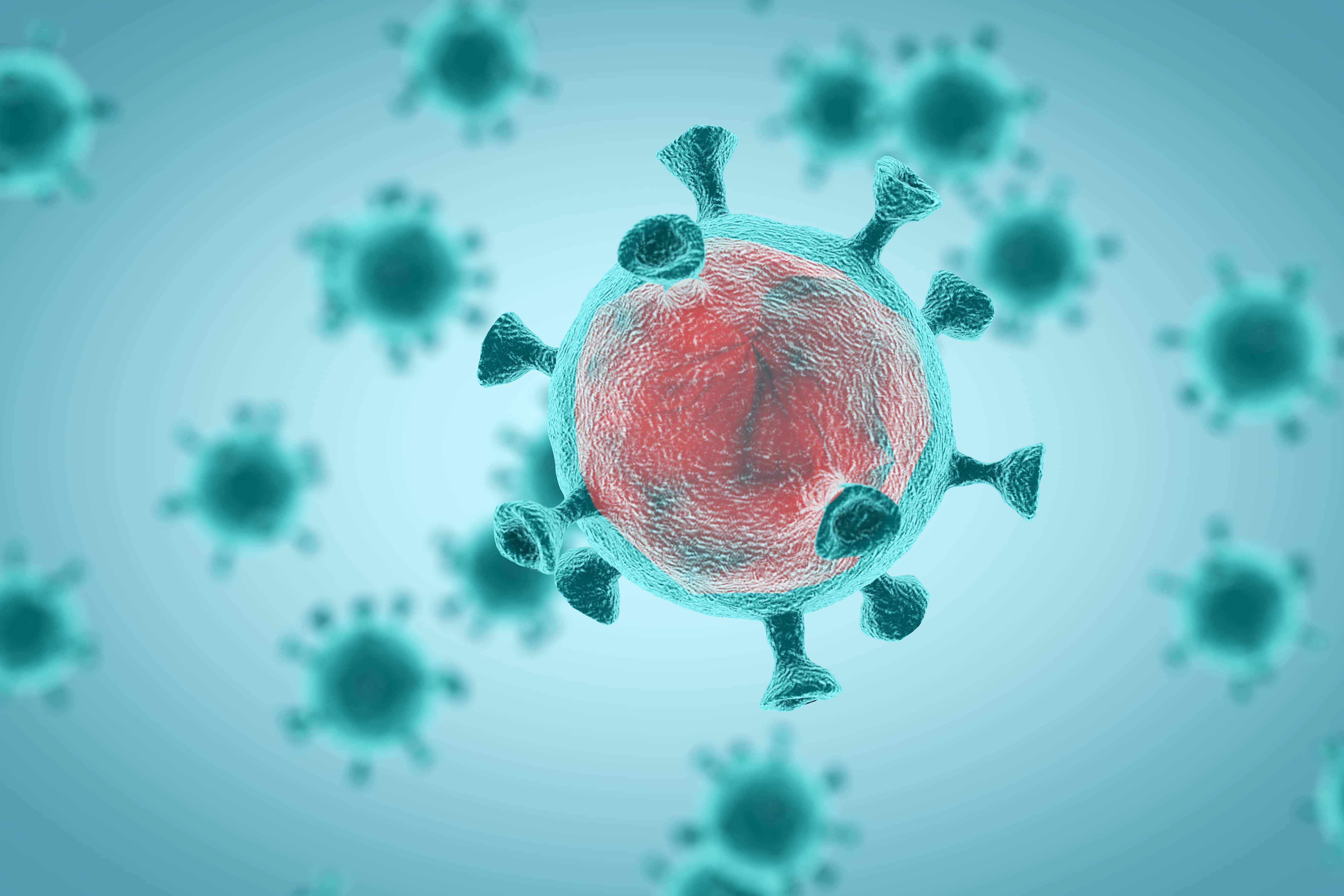Are we ignoring the NEXT killer virus? With over 850,000 unknown viruses, experts warn of 'Era of Pandemics'

Current pandemic strategies rely on responding to diseases after their emergence with public health measures and technological solutions, in particular the rapid design and distribution of new vaccines and therapeutics. However, the Covid-19 pandemic demonstrates that this is a slow and uncertain path, and as the global population waits for vaccines to become available, the human costs are mounting, in lives lost, sickness endured, economic collapse, and lost livelihoods, according to scientists. Stating that the approach needs to shift from reaction to prevention, 22 leading experts from around the world have warned that an estimated 1.7 million currently ‘undiscovered’ viruses are thought to exist in mammals and birds. Of these, 540,000-850,000 could have the ability to infect humans.
According to the research team, the most important reservoirs of pathogens with pandemic potential are mammals (in particular bats, rodents, primates) and some birds (in particular water birds), as well as livestock (pigs, camels, and poultry). They caution that the risk of pandemics is increasing rapidly, with more than five new diseases emerging in people every year, any one of which has the potential to spread and become pandemic.
“There are clear links between pandemics and biodiversity. New pathogens usually emerge from a ‘pool’ of previously undescribed, potentially zoonotic microbes that have co-evolved over millions of years with their wildlife hosts. An estimated 1.7 million viruses occur in mammals and water birds (the hosts most commonly identified as origins of novel zoonoses), and of these, 540,000-850,000 could have the ability to infect humans. This far exceeds the current cataloged viral diversity from these hosts of less than 2,000, even if lower estimates of viral diversity prove correct) and suggests that less than 0.1% of the potential zoonotic viral risk has been discovered,” write authors in the report.
Convened by the Intergovernmental Science-Policy Platform on Biodiversity and Ecosystem Services (IPBES) for an urgent virtual workshop about the links between degradation of nature and increasing pandemic risks, the experts agree that escaping the “era of pandemics” is possible, but this will require a massive shift in a global approach to dealing with infectious diseases. Without preventative strategies, pandemics will emerge more often, spread more rapidly, kill more people, and affect the global economy with more devastating impact than ever before, they argue.
The majority (70%) of emerging diseases (such as Ebola, Zika, Nipah encephalitis), and almost all known pandemics (such as influenza, Covid-19), are zoonoses – meaning that they are caused by microbes of animal origin. These microbes ‘spillover’ due to contact among wildlife, livestock, and people. Covid-19 is at least the sixth global health pandemic since the 1918 flu pandemic, and while it has its origins in microbes carried by animals, like all pandemics its emergence has been entirely driven by human activities, says the report.
“There is no great mystery about the cause of the Covid-19 pandemic – or of any modern pandemic. The same human activities that drive climate change and biodiversity loss also drive pandemic risk through their impacts on our environment. Changes in the way we use land, the expansion, and intensification of agriculture, and unsustainable trade, production, and consumption disrupt nature and increase contact between wildlife, livestock, pathogens, and people. This is the path to pandemics,” emphasizes Dr Peter Daszak, president of EcoHealth Alliance and chair of the IPBES workshop.

The report offers several options that would help to reduce and address pandemic risk, including the creation of a high-level intergovernmental council on pandemic prevention to provide decision-makers with the best science and evidence on emerging diseases, predict high-risk areas, and evaluate the economic impact of potential pandemics. Such a council could also coordinate the design of a global monitoring framework. The report recommends institutionalizing the “one health” approach in national governments to build pandemic preparedness, enhance pandemic prevention programs, and to investigate and control outbreaks across sectors.
Experts say that the trade and consumption of wildlife is a globally important risk for future pandemics. About 24% of all wild terrestrial vertebrate species are traded globally. International, legal wildlife trade has increased more than 500% in value in the last 14 years and was estimated to be worth $107 billion in 2019. The illegal wildlife trade is estimated to be worth $7-23 billion annually. Accordingly, the authors call for reducing zoonotic disease risks in the international wildlife trade through a new intergovernmental “health and trade partnership,” reducing or removing high disease-risk species in the wildlife trade, and enhancing law enforcement in all aspects of the illegal wildlife trade.

“Pandemic risk can be significantly lowered by reducing the human activities that drive the loss of biodiversity, by greater conservation of protected areas, and through measures that reduce unsustainable exploitation of high biodiversity regions. This will reduce wildlife-livestock-human contact and help prevent the spillover of new diseases,” explains the team.
Land-use change is a globally significant driver of pandemics and caused the emergence of more than 30% of new diseases reported since 1960. Between 1992 and 2015, the agricultural area increased by 3% (about 35 million hectares), mostly converted from tropical forests. The trend of increased land-use change is expected to continue, with potentially 1 billion hectares of land estimated to be cleared globally by 2050. The researchers, therefore, suggest developing and incorporating pandemic and emerging disease risk health impact assessments in major development and land-use projects, while reforming financial aid for land-use so that benefits and risks to biodiversity and health are recognized and explicitly targeted.
Pointing to the likely cost of Covid-19 to be $8-16 trillion globally by July 2020, the experts estimate that costs in the US alone may reach as high as $16 trillion by the fourth quarter of 2021. However, they estimate the cost of reducing risks to prevent pandemics to be 100 times less than the cost of responding to such pandemics, “providing strong economic incentives for transformative change.”